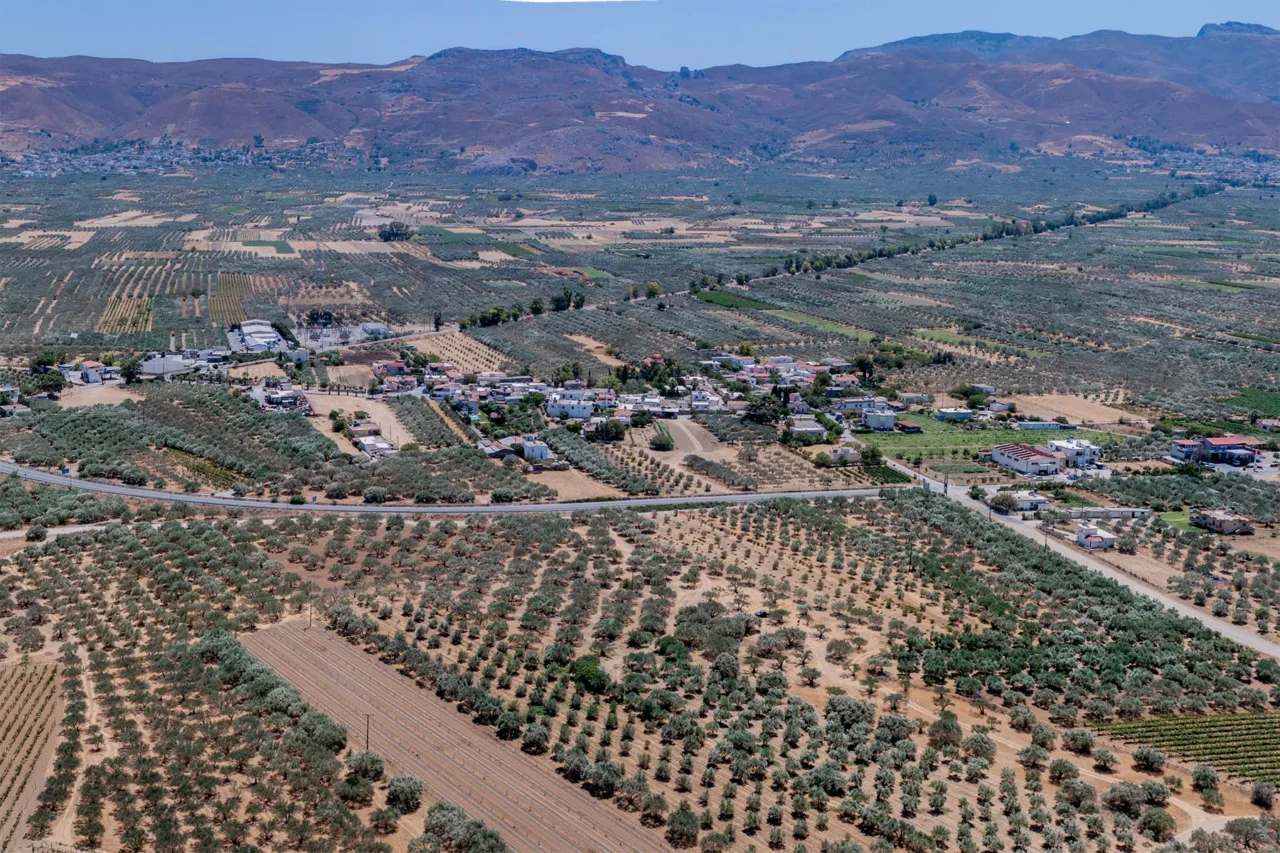
Located in the fertile Mesara plain, Protoria is a traditional Cretan village where the rhythms of rural life and the echoes of history intertwine. Surrounded by vineyards and olive groves, it’s a place where agriculture remains a central part of the community’s identity. While Protoria may not be a major tourist destination, it offers visitors a glimpse into the authentic heart of Crete, where time seems to move at a slower pace.
A Village Steeped in History
Protoria’s history stretches back to the Minoan civilization, as evidenced by the archaeological discoveries at the Damantri site. These findings suggest that the village was once a significant Minoan center, adding another layer to the rich tapestry of Cretan history. The village’s name, derived from the Byzantine word “praetorium,” further hints at its historical significance.
Village Life Today
Today, Protoria is a quiet village where agriculture is the primary occupation. The production of olive oil, wine, and sultanas (a type of raisin) forms the backbone of the local economy. The village’s traditional architecture, with its stone-paved lanes and flower-filled courtyards, adds to its charm.
Exploring Protoria
While Protoria may not have the bustling energy of some Cretan towns, it offers a tranquil escape and a chance to experience the island’s rural way of life. The 13th-century Church of Archangel Michael is a testament to the village’s long history, and the surrounding countryside provides opportunities for leisurely walks and exploration. The Anapodaris River Bridge, a landmark steeped in local lore, is also worth a visit.
Protoria: A Taste of Authentic Crete
Protoria may be a small village, but it offers a big dose of Cretan authenticity. It’s a place where visitors can slow down, savor the simple pleasures of rural life, and connect with the island’s rich history and traditions.
Village Key Points
- Historical References: Minoan settlement at Damantri, Venetian and Ottoman records
- Location: Messara plain, Heraklion regional unit, Crete, Greece
- Dimensions: Small village
- Historical Significance: Minoan center, Byzantine-era name
- Population data over the years: Fluctuating population, with a peak of 274 in 1961 and a current population of 191 (2011 census)
- Current Status: Primarily agricultural community with traditional architecture













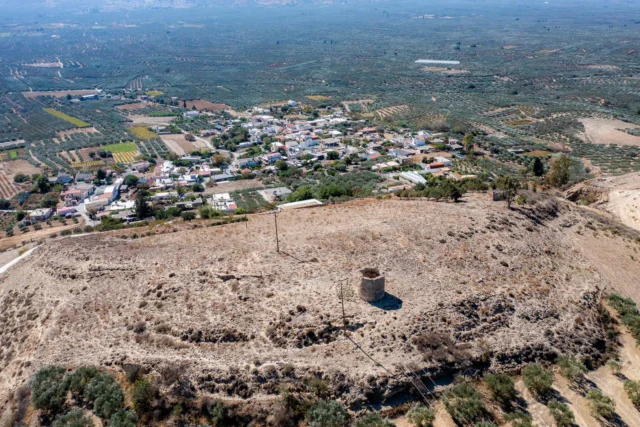


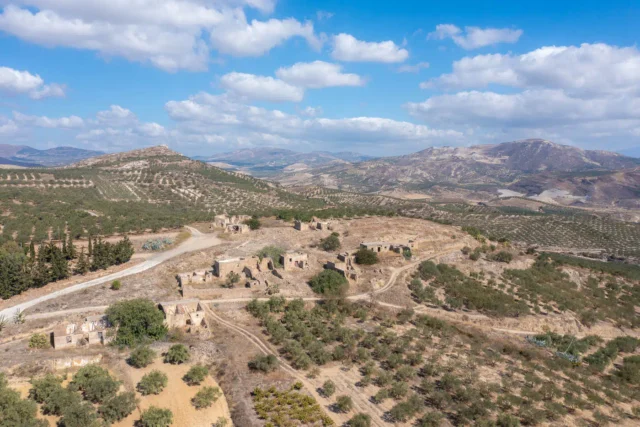
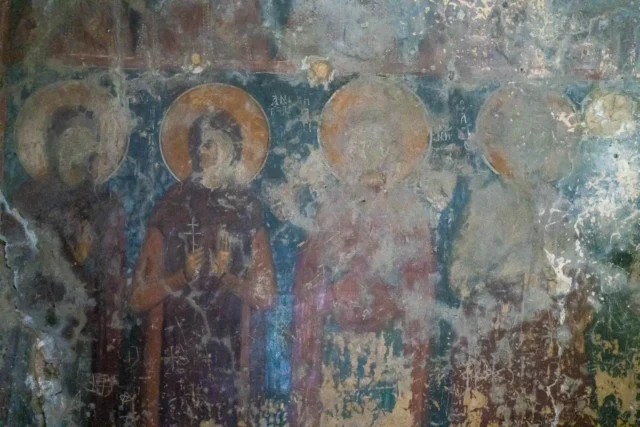
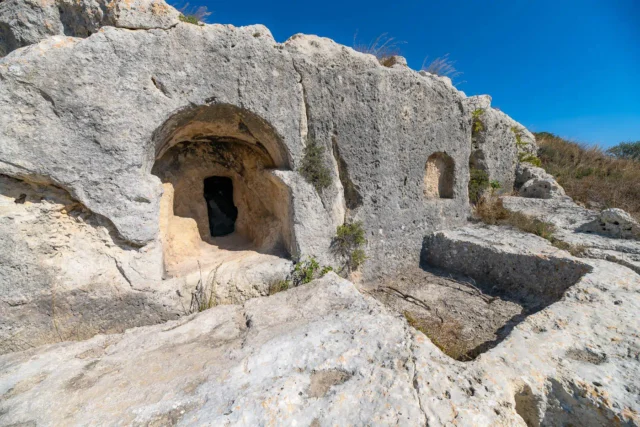


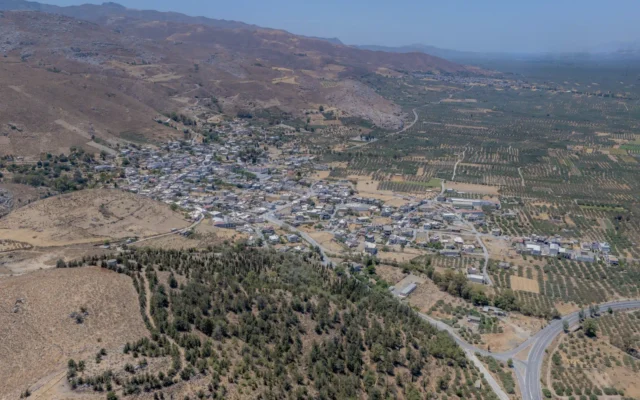

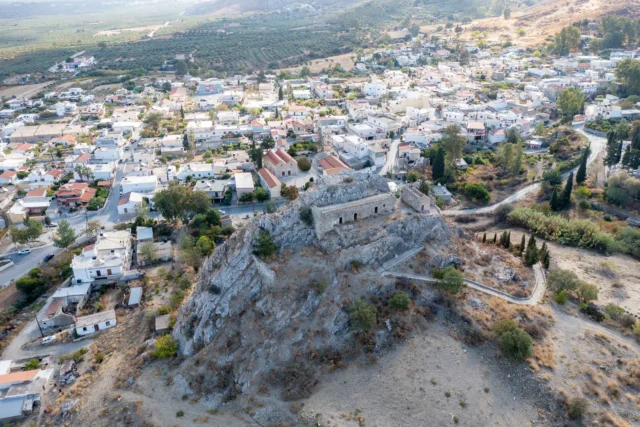


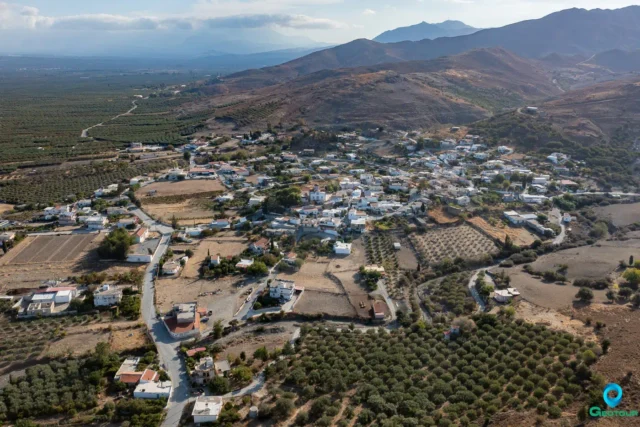
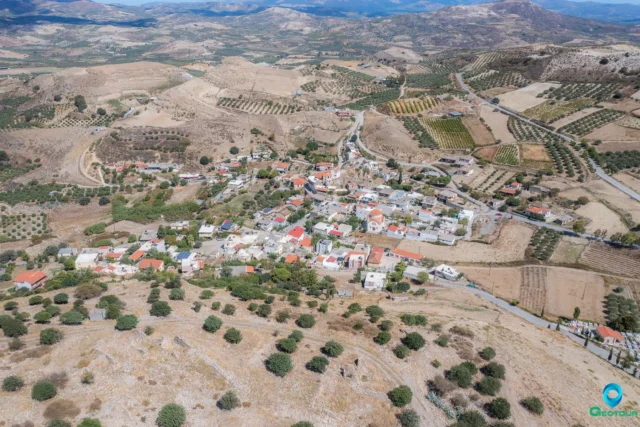
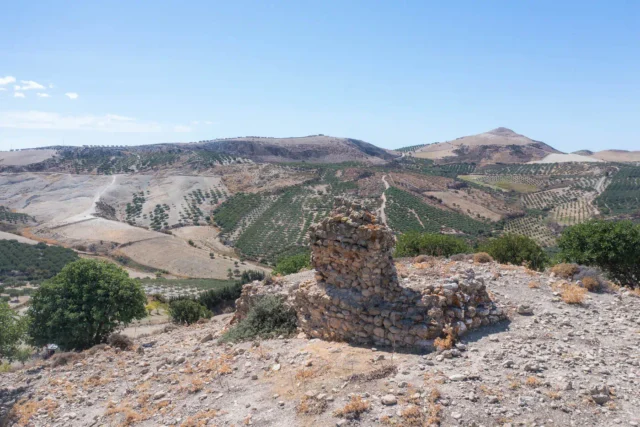

There are no comments yet.